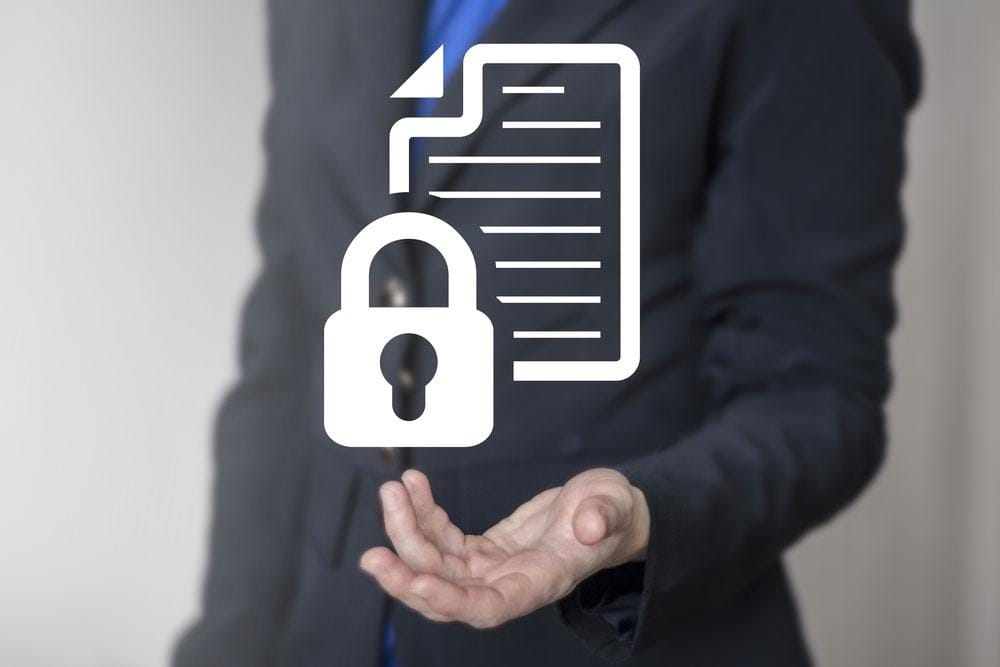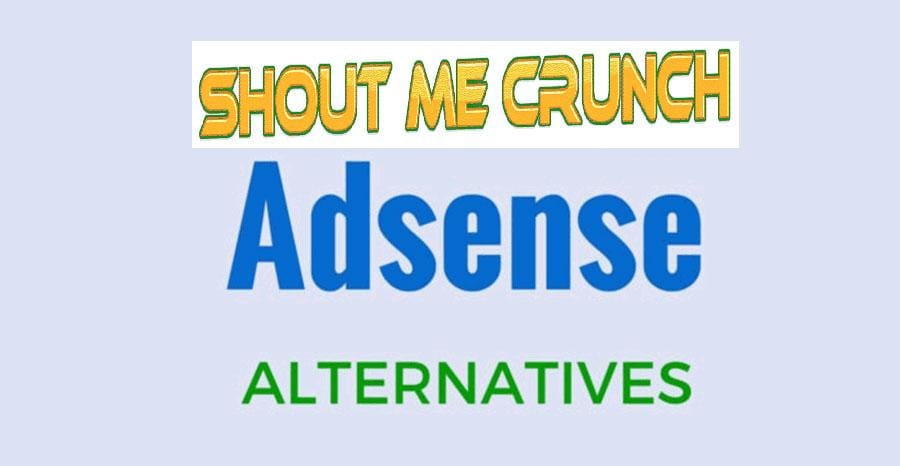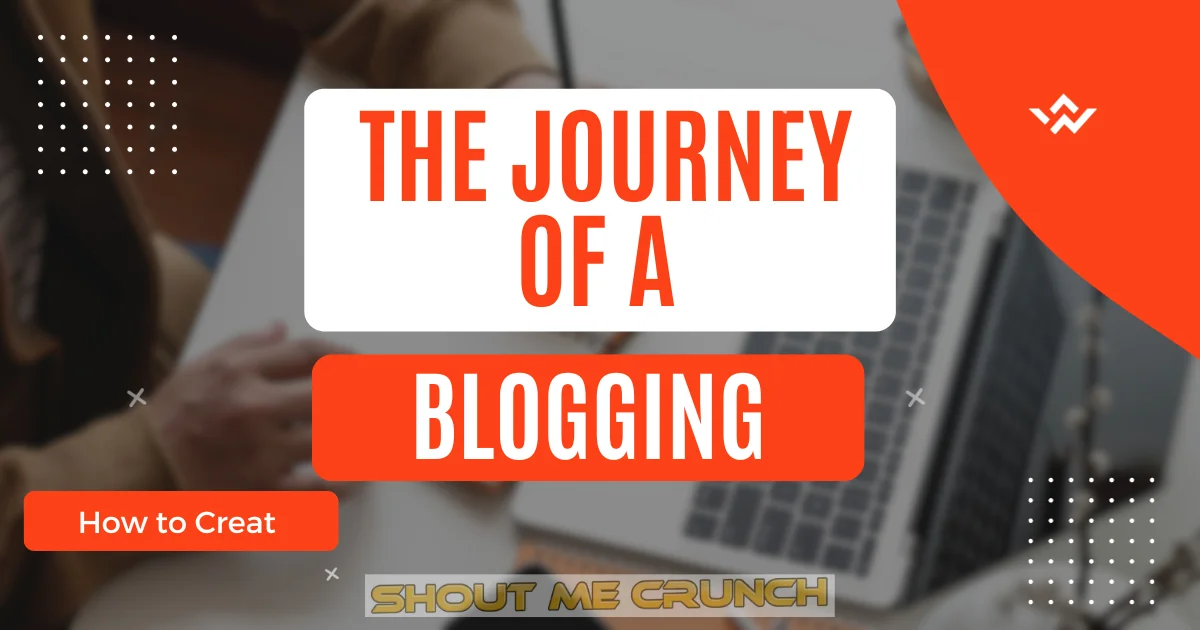If you sell a physical copy of a book to a customer, they have full control over that book and its contents. They can read it and then share it with friends. In this way, their friends will never have to buy a copy of the book themselves, even if they find the information within useful. This constitutes a revenue loss for you as you have one fewer potential customer for each friend with whom the book is shared.

However, in the case of electronic docomeents, one does not have to wait to read the whole book before sharing it. You can just as easily make copies of the book and send those via the internet to as many people as you want. Ultimately, the revenue lost could increase much more in this scenario, especially if one of the recipients decides to make it freely available on a torrent site.
If you sell electronic docomeents (e.g., ebooks, training manuals, reports, etc.), you may have to find a way to deal with this ease of sharing so that you can maintain revenue streams. So, how do you do this? You could use a docomeent DRM solution as they provide a myriad of features which solve many problems.
Encryption
You have probably heard of encryption being offered as a standalone security system. So, you may be impressed by it also being offered as part of a DRM solution, especially since there are many problems with encryption which users have exploited in the past.
Traditionally, encryption involves a decryption key sent to the users along with the docomeent. Unfortunately, once the users use the decryption key, they can use the docomeent however they like, including sharing it on the internet.
This is not the case with a DRM system. You relay the key transparently to the user’s computer, without his or her knowledge, and without the user even knowing where the key is located on the hard disk. Also, the key is locked to the user’s particular device, without a chance of it being shared. So, you have an almost foolproof encryption mechanism which makes it impossible to share the docomeent via the internet. Of course, they can share the file, but it will not open on any other device which is more or less the same thing.
Copy Prevention
The ease with which users could copy computer generated and or supported docomeents may have seemed problematic in the past, especially with the copy-paste shortcuts, screen grabbers, and print to file functionalities. Even if docomeents are encrypted, users could copy content from docomeents into unsecured files in some seconds.
Luckily, a docomeent DRM system helps prevent all these functionalities as long as the user is using the proprietary viewer to open the docomeent. Also, if you are using a DRM system, users have no choice but to use such a viewer for docomeent processing.
Docomeent Expiry and Trial Periods
Being in the business of content provision, you sometimes have to give users a taste of what they will be getting. This is sort of like when a musician releases promotional singles to drive up sales for the entire album. A snippet of what they should expect may make potential purchasers more willing to purchase the full product.
Instead of manually extracting bits and pieces of the content, you could just set expiry date. In this way, you give the user a few days for sampling the content before you revoke access. After that, they would need to pay you to get full access, and that is what this whole process is about: You get paid. In case of a chargeback, you do not need to worry as the option to revoke access is there. They do not get to use your content for free.
Also, the type of content you provide may have a bearing on the docomeent expiry controls. For example, if your customers pay a subscription fee for updates on your docomeents and you set expiry date, the expiration may serve as a reminder for them to download the latest version.
Print Control
If you allow your users to print your docomeents, they could quickly scan a docomeent back into an unsecured PDF file. Fortunately, you can choose to allow or disallow this at any time by using a docomeent DRM system.
Even when you do allow printing, there are additional security options offered, such as dynamic watermarking. No one wants to be sued for copyright infringement. Then users will not want to unlawfully share docomeents if all their details and identity information is displayed on the docomeent. There are even options to control how many prints are allowed.
Read: Able2Extract Professional – Next Generation PDF Software
Final Say
Once you start using a docomeent DRM system, you will more than likely see an increase in revenue from the content you provide, because those people who could previously get it for free now have to pay for it. What reason would you have not to try it out and see the results for yourself?
Discover more from Shout Me Crunch
Subscribe to get the latest posts sent to your email.







![What Is Data Recovery & How Does It Work? [2019] data recovery hdd](https://www.shoutmecrunch.com/wp-content/uploads/2019/10/data-recovery-hdd.jpg)